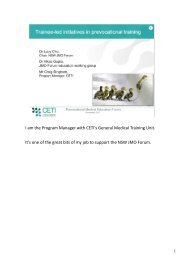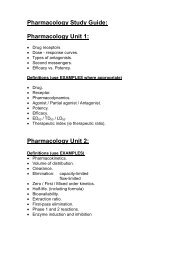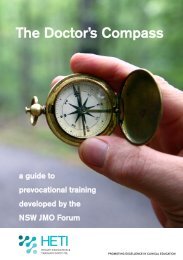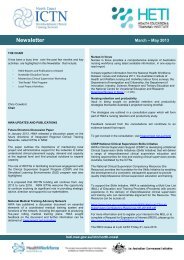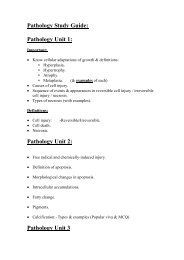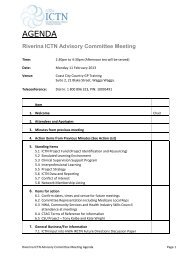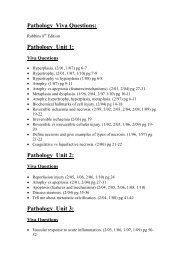Open - HETI - NSW Government
Open - HETI - NSW Government
Open - HETI - NSW Government
- No tags were found...
You also want an ePaper? Increase the reach of your titles
YUMPU automatically turns print PDFs into web optimized ePapers that Google loves.
Case study: Teaching in the presenceof patientsThe educational roleA dentist is supervising a trainee who has accidentally cut the patient’s mouth during a procedure.The trainee is hiding the cut with her finger. The dentist asks the trainee to move her finger and some blood startsto flow from the cut.What next?Path oneThe dentist asks the trainee why she was hidingthe cut and berates her for being careless.The patient becomes upset and refuses to let thetrainee finish the procedure.The dentist steps in to take over.While completing the procedure, the dentist saysto the trainee “If you had done it like I taught you,this wouldn’t have happened. Not only have youbeen careless but I don’t like the fact that youtried to cover up your mistake.”The patient later makes a complaint about thetrainee’s lack of skills and professionalism.Path twoThe dentist calmly comments that there lookslike a small nick at the corner of the mouth likeyou sometimes get when shaving.The dentist applies a dressing to the wound,whilst reassuring the patient.The dentist debriefs the incident with the traineeafter the patient has left.The dentist uses prompting techniques to elicitfrom the trainee the appropriate course ofaction to take once becoming aware of thissort of problem and the issues that can arisefrom trying to cover up mistakes.The dentist and the trainee discuss appropriatemeans of communicating about a problemin front of a patient without creating undue alarm.Path one exemplifies the supervisor’s lack of consideration for the effect on both the patient and the trainee ofhearing the trainee’s skills and professionalism seriously questioned in the middle of a procedure. This approachis likely to create considerable anxiety in the patient and is also highly demoralising and demotivating for the trainee.It damages the supervisory relationship and would probably make it very difficult for the trainee to approach thesupervisor about any future problems.Path two outlines the supervisor’s ability to model an appropriate response to a common procedural mishap.The supervisor uses this as a teaching opportunity to highlight appropriate patient care, communication skills, andethical practice. In using prompting techniques, the dentist allows the trainee the opportunity to demonstrate whatshe has learned from the experience. By debriefing afterwards, the supervisor can build the relationship with thetrainee so that she is encouraged to disclose rather than try to hide any future errors.FIRST EDITION<strong>HETI</strong> The Superguide49



